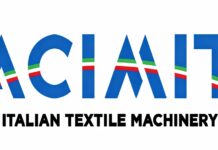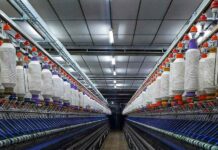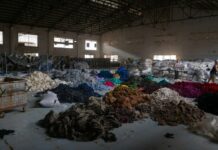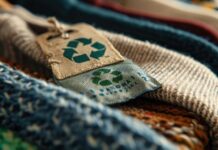NEW YORK, June 17, 2025 — A new report from Research and Markets indicates that the worldwide push for sustainability is driving the widespread adoption of enzyme-based textile processing, with the market expected to reach approximately $7.54 billion by 2030.
Enzymes have gained prominence as crucial components in textile processing, providing eco-friendly alternatives to traditional chemical methods. This trend is largely influenced by the textile industry’s commitment to reducing its environmental footprint, as manufacturers and brands increasingly seek innovative solutions to fulfill their sustainability objectives.
Advantages of Enzyme Technology
The use of enzyme-based processes offers numerous benefits, including decreased water and energy usage, reduced waste generation, and a lower dependency on harmful chemicals. As consumers become more environmentally conscious in their buying choices, brands are prioritizing sustainable production methods to enhance their market appeal.
The report points to several factors driving market expansion, including stricter environmental regulations, a growing demand for sustainable fabrics, and heightened awareness of the advantages of enzyme technologies. These factors are encouraging textile manufacturers to invest in enzyme-based solutions as part of their sustainability strategies.
Market Growth and Regional Trends
The enzyme-based textile processing market is projected to experience substantial growth at a significant compound annual growth rate (CAGR) throughout the forecast period. Key regions contributing to this growth include North America, Europe, and Asia-Pacific, all of which are characterized by strong industrial infrastructure and an increasing focus on sustainability.
The Asia-Pacific region, in particular, is expected to capture a significant share of the market, driven by its status as a leading textile manufacturing hub. Countries like China and India are making significant investments in sustainable practices, further accelerating the adoption of enzyme-based processing techniques.
Innovations and Industry Leaders
Several prominent companies are leading the charge in this transition, developing innovative enzyme solutions specifically designed for textile applications. These advancements aim to boost production efficiency, enhance product quality, and minimize environmental impact.
The report emphasizes the growing collaboration between enzyme producers and textile manufacturers to create tailored solutions that address specific processing challenges while aligning with sustainability goals.
Looking Ahead
As the textile industry continues to confront sustainability challenges, the transition to enzyme-based processing is set to be a key factor in shaping its future. With a projected market value of $7.54 billion by 2030, the emphasis on innovative and environmentally friendly solutions is critical for meeting regulatory requirements and satisfying consumer demand.


































